5083 Marine Aluminum I Beams for Seawater Resistant Boat Hull Design
Constructing seawater resistant boat hulls demands not only impeccable design but also the right choice of materials engineered for marine environments. Among available metals, 5083 marine aluminum I beams is know as the structural backbone in high-performance boat hull frameworks.
Why 5083 Aluminum Alloy for Marine I Beams?
5083 aluminum alloy is a top candidate for seawater applications—particularly in boat hull structures—due to its exceptional corrosion resistance, superior strength, and excellent weldability. Primarily alloyed with magnesium (Mg), this alloy belongs to the 5xxx series, specifically formulated for marine environments. Unlike steel, 5083 aluminum cannot undergo traditional heat treatment for hardening; instead, it relies on work hardening and temper conditions to tailor its mechanical characteristics.
Working with 5083 marine aluminum I-beams for boat hull construction is a fascinating challenge. The inherent strength-to-weight ratio is a huge advantage, allowing for lighter, faster vessels while maintaining structural integrity. However, the real work comes in the nuances of its corrosion resistance in a seawater environment. We've seen firsthand how seemingly minor variations in welding techniques or surface preparation can significantly impact long-term performance. Proper anodizing is crucial, and even then, diligent monitoring for crevice corrosion and galvanic reactions with other metals is paramount. We've experimented with different seam sealing methods and found that a multi-layered approach, combining sealant with a robust weld design, offers the best protection against ingress of seawater and subsequent degradation.
Personally, I find the most rewarding aspect is seeing the final product – a sleek, powerful boat gliding through the water, a testament to the meticulous work and material science that went into its creation. But it's also a constant reminder of the responsibility we carry. Failure is not an option; a compromised hull isn't just a financial setback, it's a potential safety hazard. So we're constantly refining our processes, collaborating with designers and engineers, and pushing the boundaries of what's possible with 5083 aluminum to ensure our boats are not just durable, but also safe and reliable in even the harshest marine conditions.
Seawater Resistance and Structural Integrity: The I Beam Advantage
I beams provide ideal structural support by optimally balancing weight and mechanical strength. In boating, I beams fabricated from 5083 aluminum efficiently resist:
- Pitting and crevice corrosion, thanks to the protective oxide film aided by magnesium's presence.
- Stress corrosion cracking (SCC) common in chloride-rich environments.
- Mechanical deformation and fatigue under cyclic sea loading.
Their distinctive I-shaped cross-section details deliver high moment of inertia along the boat's hull, maintaining rigidness while minimizing extra weight—vital in yacht and commercial marine vessel design.
Technical Parameters and Standards Compliance
Implementation of 5083 aluminum marine-grade I beams follows rigorous realization standards:
| Technical Parameter | Specification |
|---|---|
| Alloy designation | 5083 |
| Temper Condition | H321 (strain-hardened and stabilized) |
| Density | 2.66 g/cm³ |
| Yield Strength (min) | 215 MPa (H321 temper) |
| Ultimate Tensile Strength (min) | 320 MPa |
| Elongation | 12–18% |
| Corrosion Resistance | Exceptional in saltwater applications |
| Welding Capability | Excellent (TIG, MIG, resistance) |
| Typical I Beam Dimensions | Flange width: 50-150 mm; web thickness: 4-10 mm; height: 80-300 mm (customizable) |
| Compliance Standards | ASTM B928/B446, ABS, DNV GL, ISO 12215 |
Detailed Chemical Composition of 5083 Alloy
Achieving its seawater resistance and strength stems from stringent alloy makeup:
| Element | Composition (wt.%) |
|---|---|
| Magnesium (Mg) | 4.0 – 4.9 |
| Manganese (Mn) | 0.4 – 1.0 |
| Chromium (Cr) | 0.05 – 0.25 |
| Iron (Fe) | 0.4 max |
| Silicon (Si) | 0.4 max |
| Copper (Cu) | 0.1 max |
| Zinc (Zn) | 0.25 max |
| Titanium (Ti) | 0.15 max |
| Aluminum (Al) | Balance |
The elevated magnesium enriches the alloy’s resistance to saltwater pitting, while manganese and chromium refine the grain structure and bolster strength, ensuring long-term durability.
Alloy Tempering: H321 Explained
The H321 temper signifies strain-hardening combined with stabilization heat treatment, wherein slight artificial aging reduces internal stresses and lock dislocations without softening the metal. Benefits include:
- Consistent mechanical strength under fluctuating marine conditions.
- Enhanced stress corrosion cracking resistance.
- Greater dimensional stability, ideal during welding I beams into complex hull geometries.
Perhaps most critically, H321 ensures sustained toughness near structural joints — making 5083 H321 I beams unchanged over years of saltwater exposure.
Implementing 5083 Marine Aluminum I Beams in Boat Hull Design
When integrating 5083 aluminum I beams, essential engineering considerations arise:
- Weld Design: Usage of fully penetrating fillet and butt welds is paramount, leveraging the alloy's exceptional weldability.
- Cross-section Sizing: Based on anticipated loads, I beam height and flange width should conform to finite element method (FEM) simulations reflecting wave impact and torsional shearing resistances.
- Protective Coatings: Although chromated oxide films provide corrosion defense, applying additional marine epoxy coatings or anodized finishes further delay oxide wear.
- Thermal Expansion Compensation: Aluminum’s higher thermal expansion relative to steel means beam joining sites demand expansion joints or flexible bushings.
Related Products
6061 T6 marine aluminum flat bar
6061 aluminum is classified as a heat-treatable 6xxx series alloy, alloyed primarily with magnesium and silicon. The T6 temper designation indicates that the flat bar has been solution heat-treated and artificially aged to achieve optimum strength and hardness.
View DetailsMarine aluminum I-beams
Marine Aluminum I-Beams feature the traditional “I” cross-sectional profile fabricated from marine-grade aluminum alloys like 5083, 5086, and 6061. These alloys are renowned for their outstanding corrosion resistance, especially in saltwater and marine atmospheres, making them ideal for offshore and naval construction.
View DetailsMarine aluminum Z-shaped sections
Marine Aluminum Z-shaped Sections are fabricated from premium marine-grade aluminum alloys such as 5083, 5052, and 6061. These alloys are well-regarded for their superior corrosion resistance in seawater and marine atmospheres, along with good mechanical strength and excellent weldability.
View Details6061 marine aluminum round bar
6061 aluminum belongs to the 6xxx series alloys, alloyed primarily with magnesium and silicon. In the T6 temper, it undergoes solution heat treatment and artificial aging, resulting in enhanced mechanical properties while maintaining excellent corrosion resistance.
View DetailsMarine aluminum angles
Marine Aluminum Angles are L-shaped cross-sectional aluminum profiles produced from marine-grade aluminum alloys such as 5083, 5052, and 6061.
View Details5083 marine aluminum flat bar
5083 aluminum flat bars belong to the 5xxx series of aluminum-magnesium alloys, known primarily for their superior resistance to seawater corrosion and salt spray.
View DetailsRelated Blog
5083 Marine Aluminum Z Shaped Sections for Offshore Vessel Frame Design
In the demanding offshore marine environment, the structural integrity and corrosion resistance of vessels are crucial for reliable performance and safety.
View Details5083 Marine Aluminum Round Bar for Durable Offshore Vessel Parts
When it comes to constructing durable offshore vessel parts, material choice is paramount. Among various options, 5083 marine aluminum round bar stands out as a highly reliable and versatile solution.
View Details5083 Marine Aluminum Channels for Lightweight Marine Vessel Design
5083 Marine Aluminum Channels for Lightweight Marine Vessel Design: A Perfect Fusion of Strength, Durability, and Corrosion ResistanceIn the evolving world of marine vessel design, the quest for materials that offer unbeatable strength.
View Details5083 Marine Aluminum I Beams for Seawater Resistant Boat Hull Design
Constructing seawater resistant boat hulls demands not only impeccable design but also the right choice of materials engineered for marine environments. Among available metals.
View Details5083 Marine Aluminum Round Bar for High Strength Offshore Reinforcements
In the demanding world of offshore engineering, materials must withstand severe environmental conditions without compromising structural integrity. One such pivotal material is the 5083 Marine Aluminum Round Bar.
View Details5083 5086 6061 6082 marine aluminum channel
IntroductionMarine aluminum channel is an essential structural product in shipbuilding, offshore platforms, marine fittings, and related coastal infrastructure. Compared with steel.
View Details


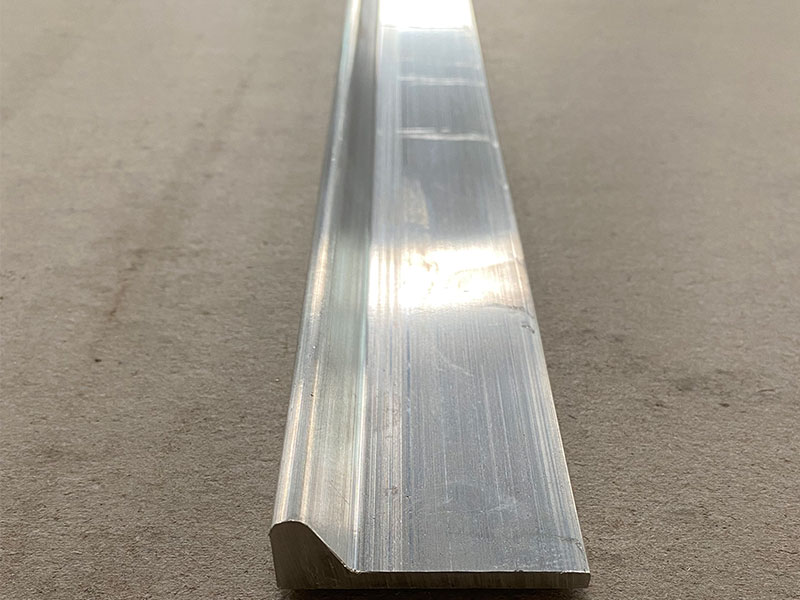
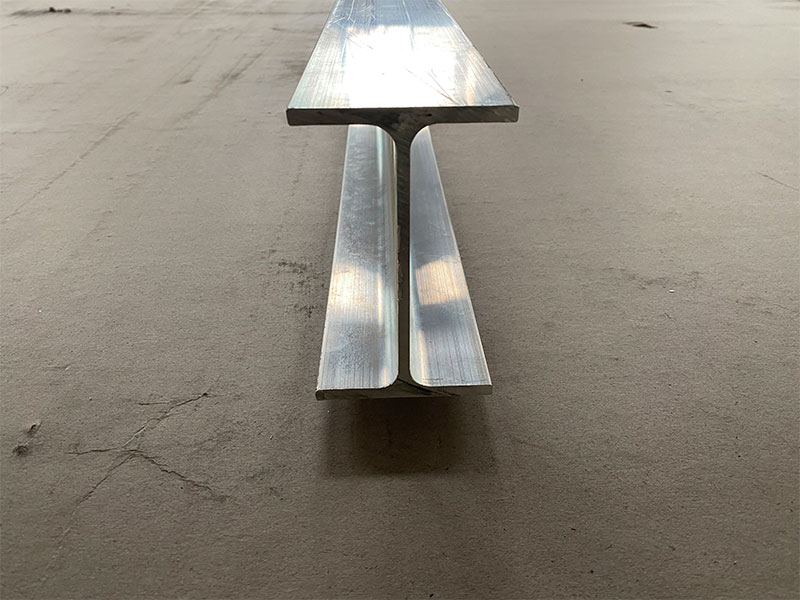
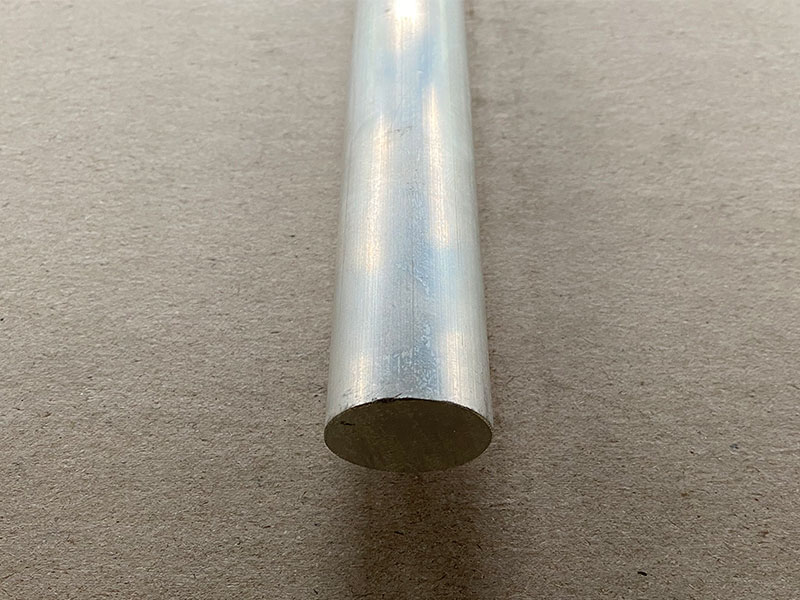
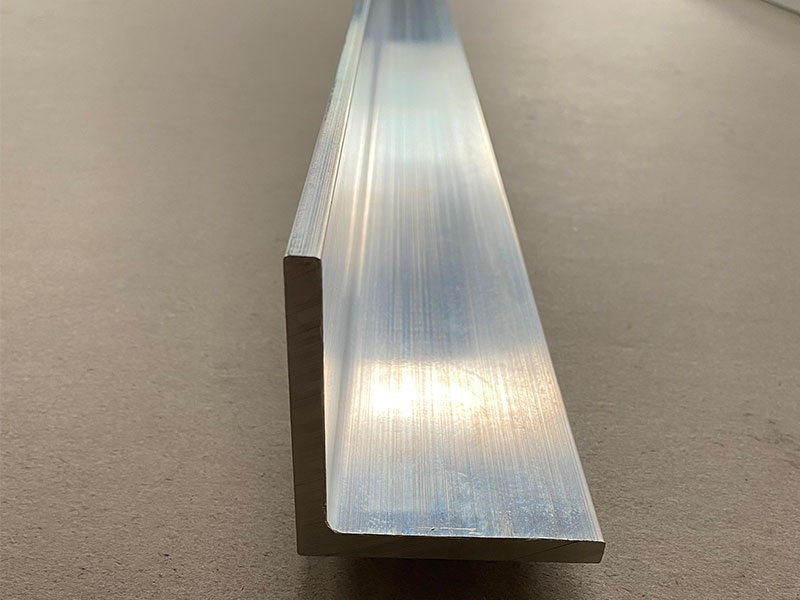
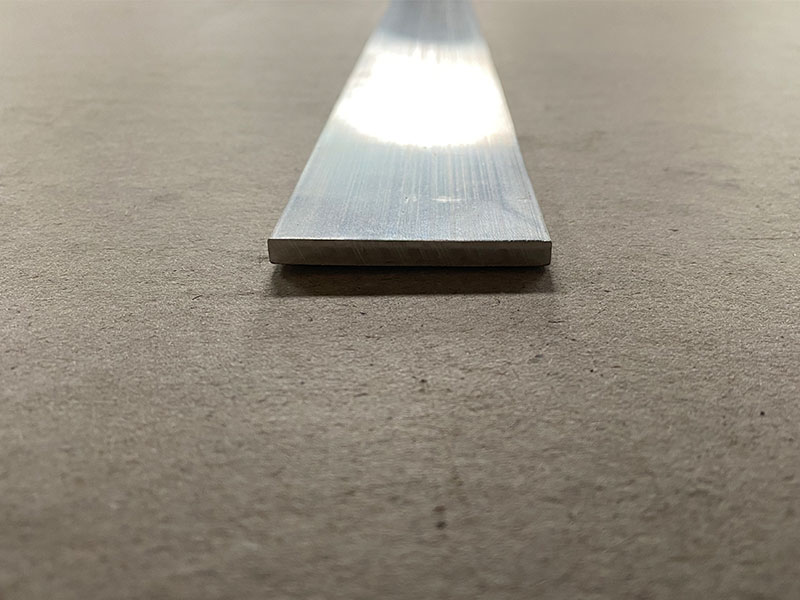






Leave a Message